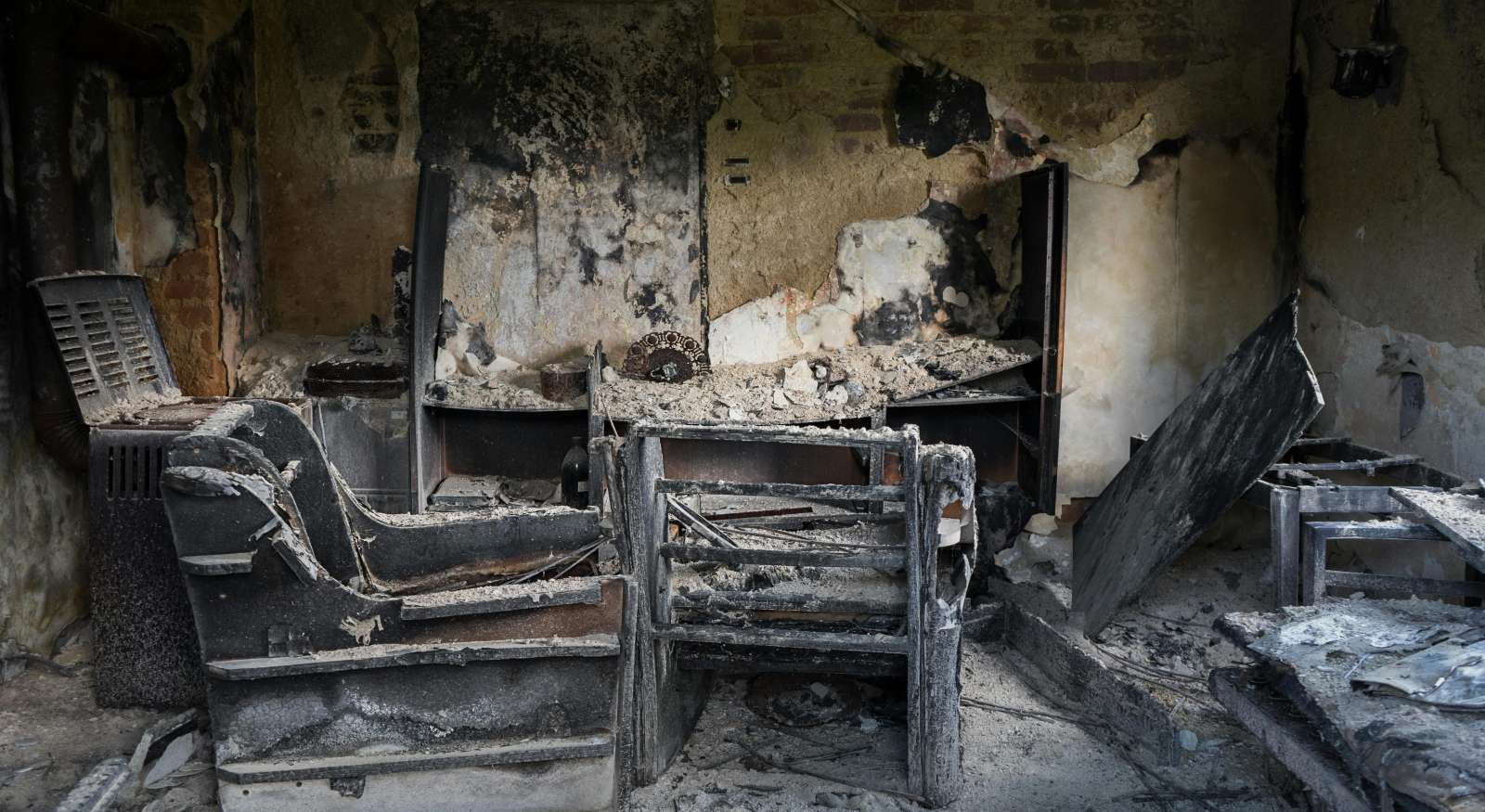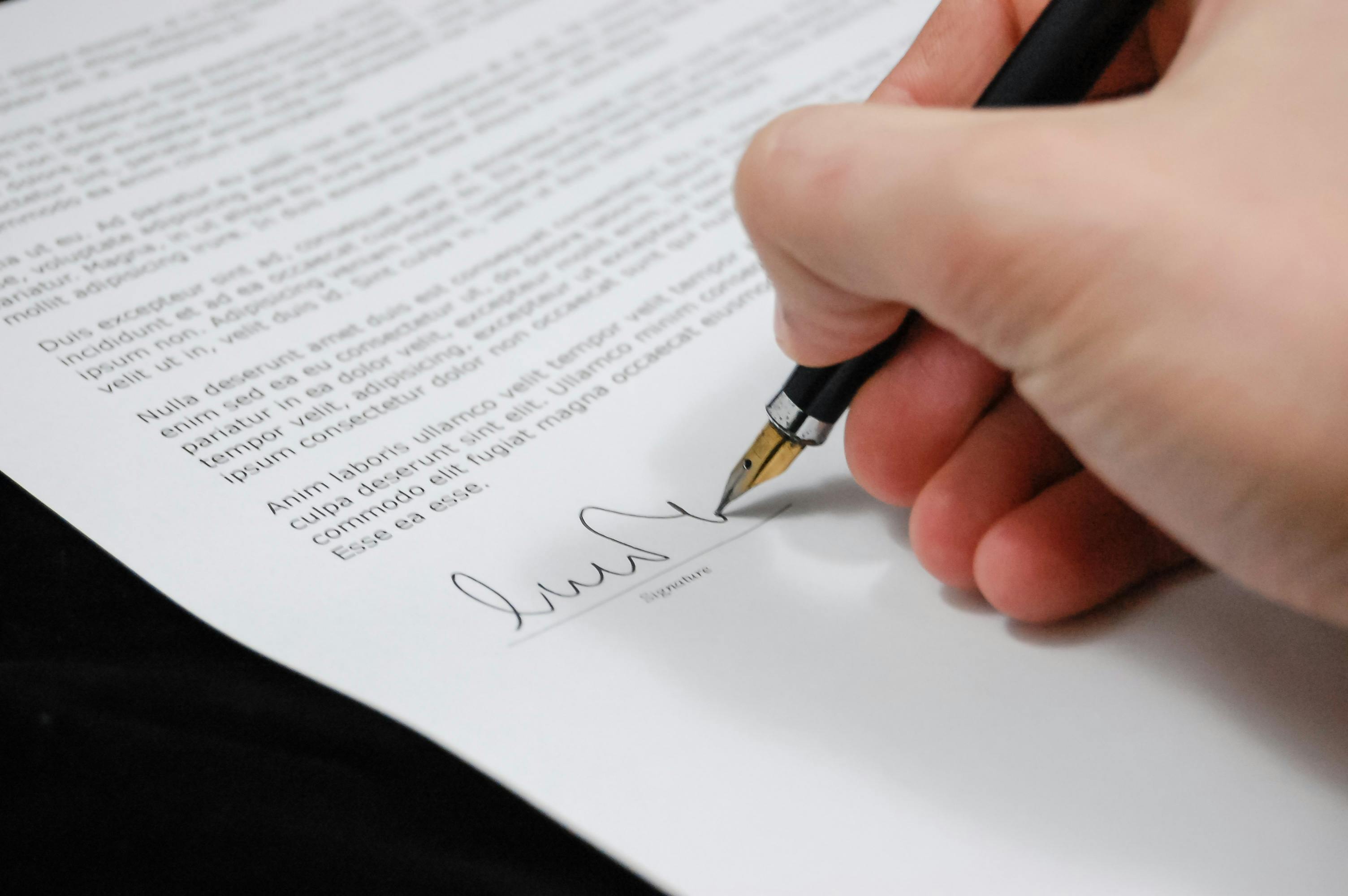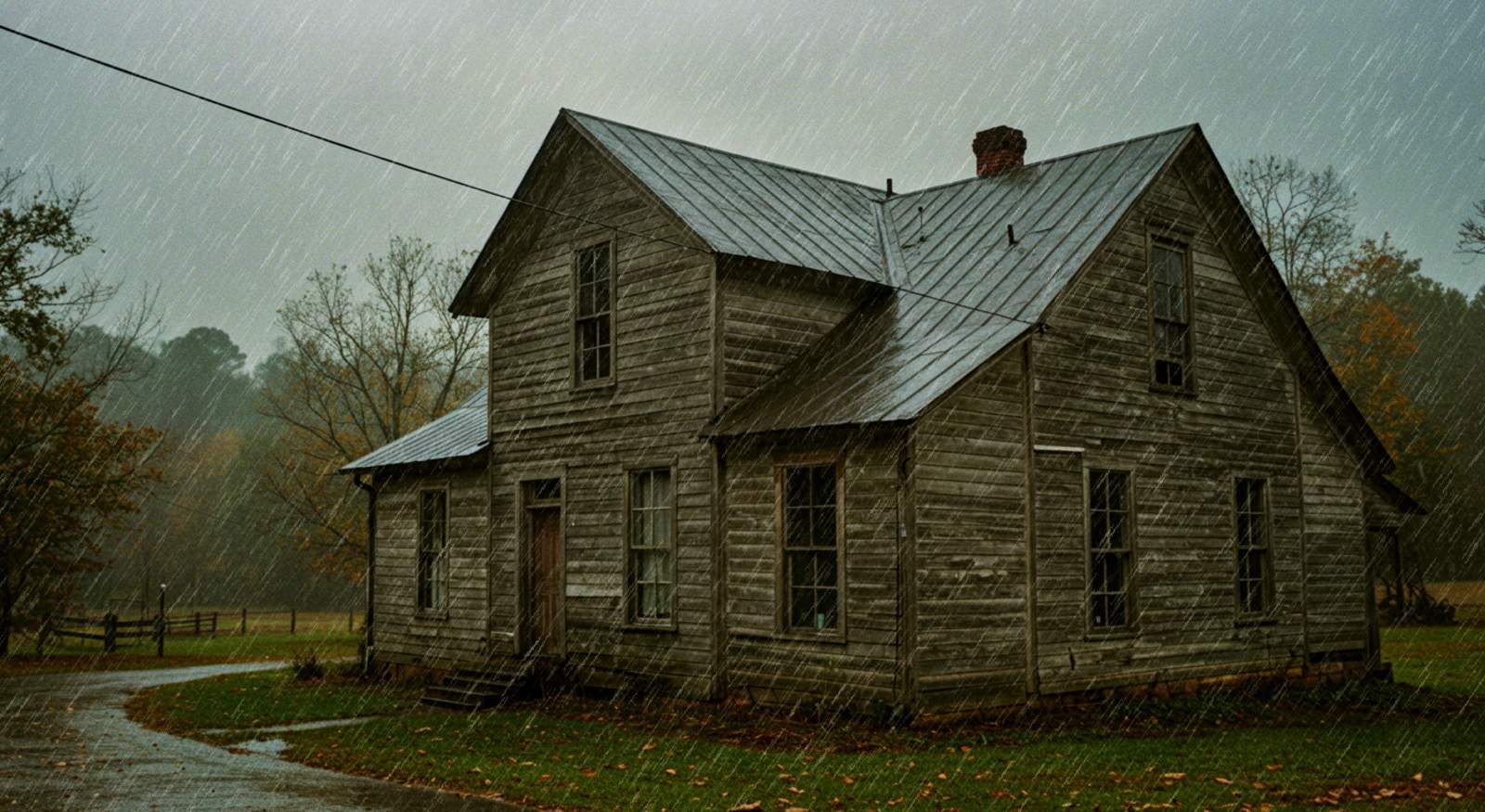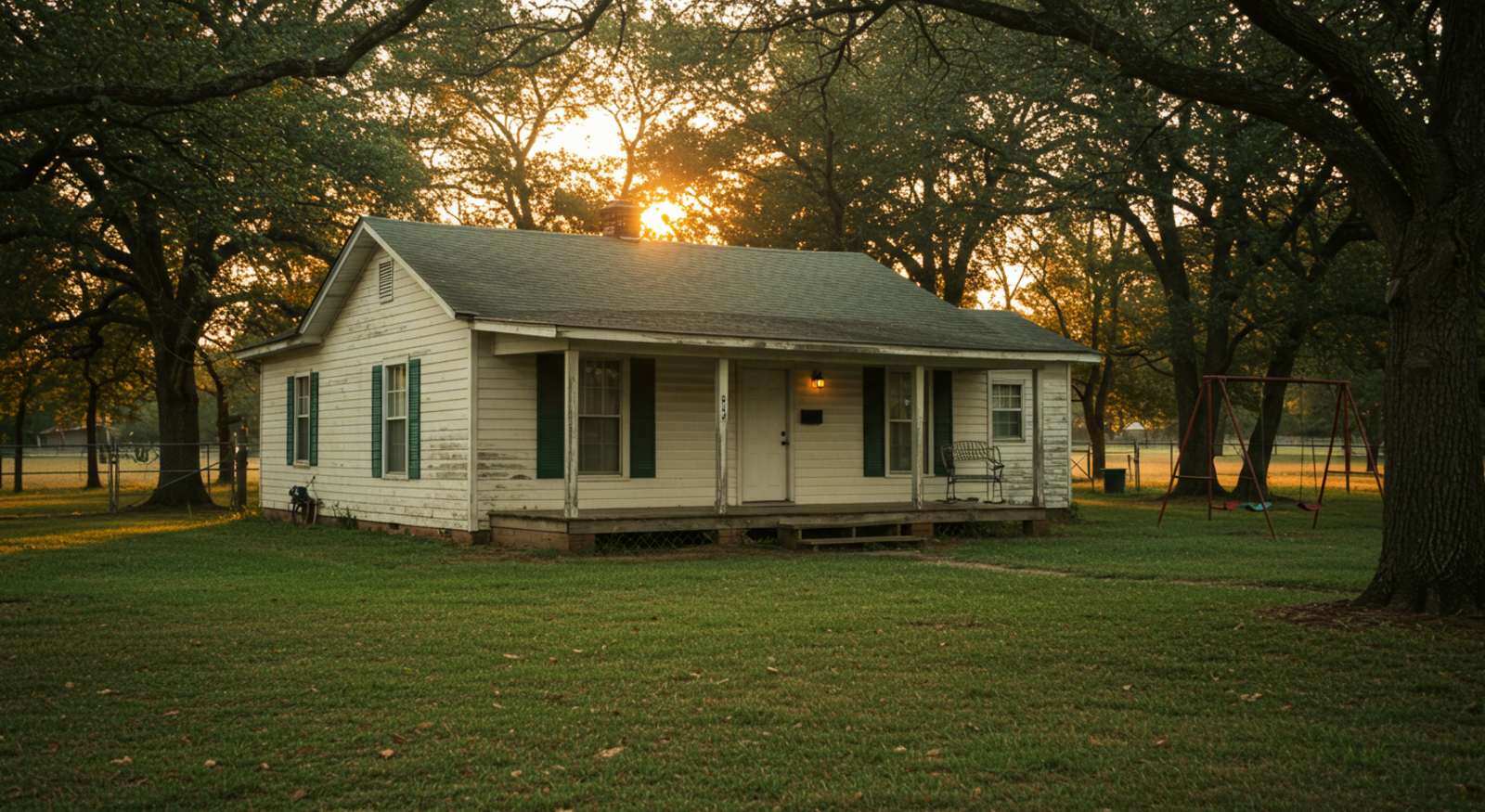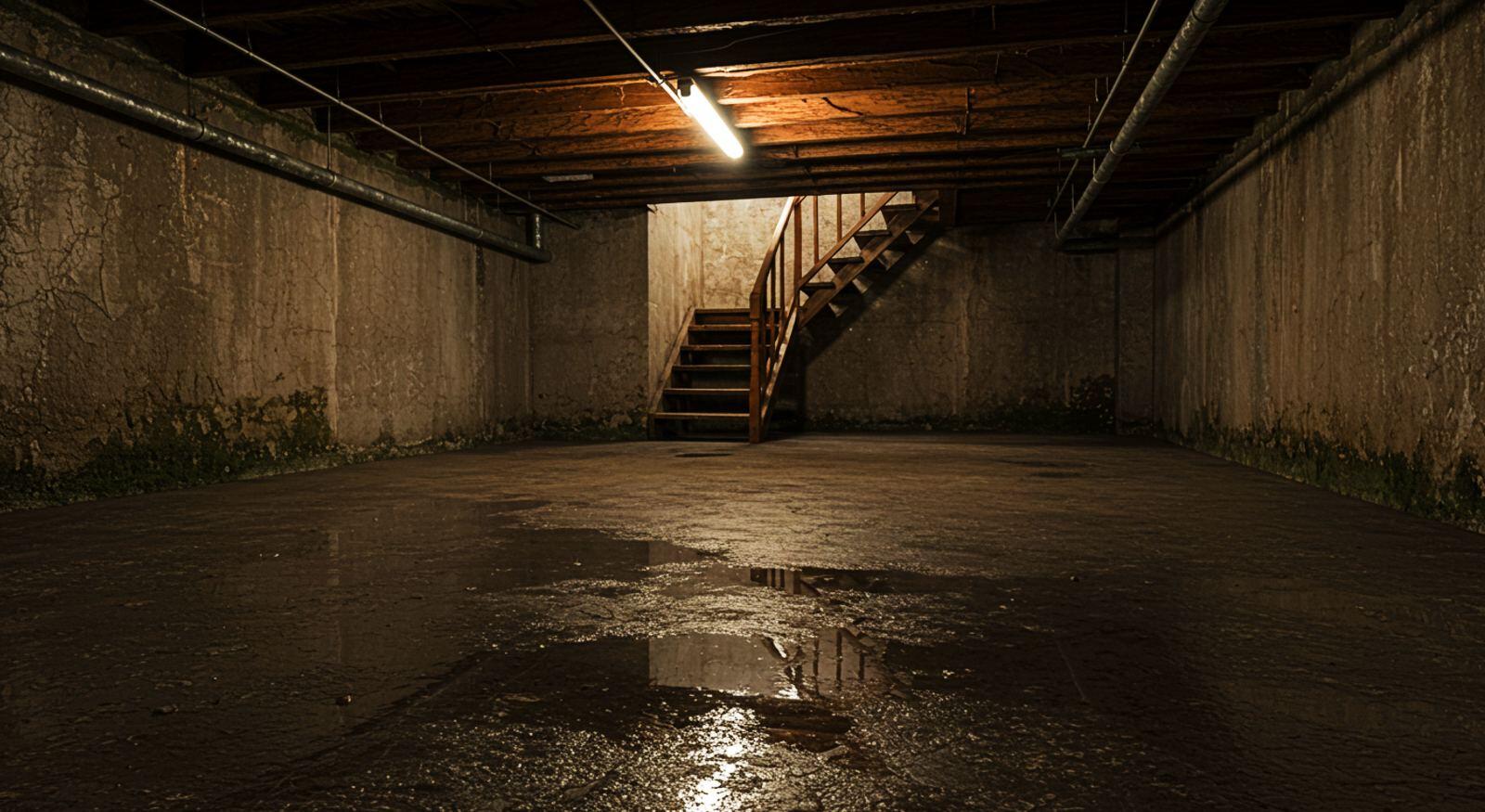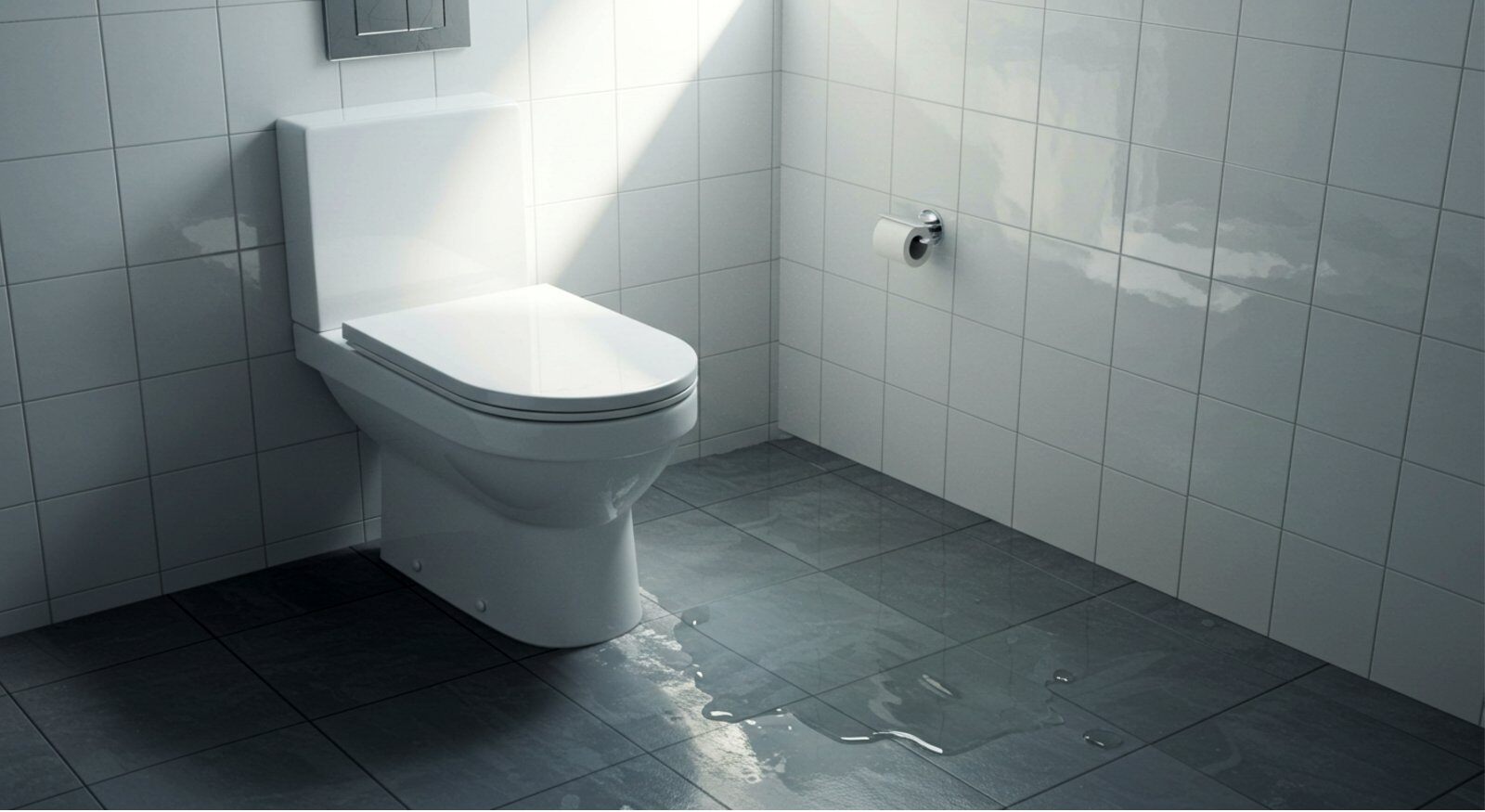Protect Your Home from Water Damage During a Thunderstorm
June 11th, 2025
4 min read
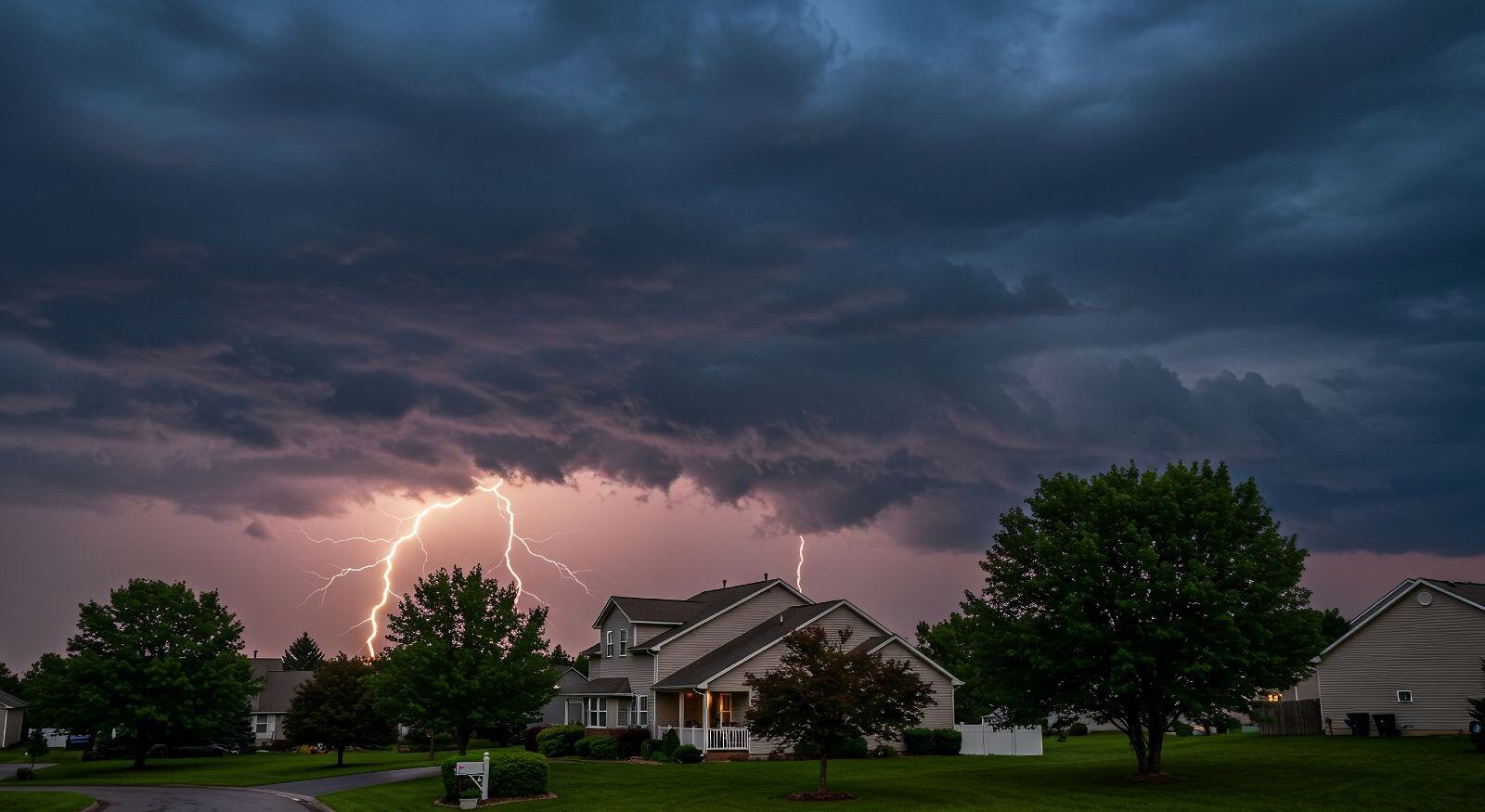
The sky darkens, thunder crashes, and the lights flicker. You worry about the damage to your home, but are you prepared? It's bad enough dealing with a storm outside to let a storm of anxiety make things worse.
We get it. At Restore-It, we've seen firsthand the damage these storms can cause. This is why we want to give you the tools to protect your home and ease your worries.
Let's check the practical steps to safeguard your home during power outages and thunderstorms. This article will cover everything from simple fixes to long-term solutions. So, let's leave those worries behind and get ready to face the next big storm.
Safety Tips During a Thunderstorm
Before we start talking about thunderstorms and home-readiness, we need to talk about your safety first. According to the Centers for Disease Control and Prevention (CDC), nearly 40 million lightning strikes hit the ground annually. While the odds of being hit by lightning are minimal (less than one in a million!), thunderstorms can still put your safety at risk. The American Red Cross recommends following these tips for your own protection:
- Pay close attention to the weather forecast and weather alerts.
- If you hear thunder, seek shelter.
- Stay inside until weather forecasts say it's safe.
- Avoid being near windows and doors.
- Don't use electronic devices connected to outlets.
- Don't use running water.
How Thunderstorms Cause Water Damage
Now that we have discussed the topic of safety let's break down how thunderstorms can inflict water damage. This will help you protect your home more effectively. Here is what to expect in terms of water damage:
- Heavy Rainfall: Thunderstorms deliver intense rainfall in short periods. This can overload gutters, downspouts, and drainage systems, causing water to backup and seep into your home.
- Flash Flooding: Rapid rainfall can lead to flash flooding, especially in low-lying areas or near bodies of water. This sudden surge of water can inundate basements and ground-level rooms.
- Wind-Driven Rain: Strong winds can drive rain horizontally, forcing it through cracks in windows, doors, and walls. This can lead to leaks and water damage even when the rainfall isn't excessive.
- Saturated Ground: Prolonged or heavy rainfall can saturate the ground, making it difficult for water to drain. This can lead to water pooling around your foundation and seeping into your basement.
Before the Storm: Turn Your Home into a Fortress
Like with other natural disasters, the best protection is not to wait for the incident to happen before taking action. Taking some proactive steps can greatly reduce the risk of water damage in your home and avoid expensive restoration and repairs. Follow this checklist to be ready when the next thunderstorm is on the horizon:
☐ Verify if your home is at risk of flooding.
Check the Federal Emergency Management Agency's (FEMA) flood maps to check whether your home is in a high-risk area.
☐ Get flood insurance (optional).
Remember: your standard home insurance will not cover floods.
If you live in a flood-prone area, consider additional flood insurance.
☐ Inspect your gutter and downspout.
- Clear out any leaves, debris, or obstructions blocking water flow.
- Your downspouts should direct water away from the foundation.
- Extend downspouts, aiming for at least 10 feet away from the home.
☐ Grade your yard.
- Verify that the ground slopes away from your home's foundation.
- Add soil to create a gentle slope that directs water away if needed.
☐ Inspect your foundation.
- Look for any cracks or gaps in the foundation walls.
- Seal any openings with a waterproof sealant to prevent water seepage.
☐ Seal your windows and doors.
- Inspect weather stripping and caulking around windows and doors.
- Replace worn or damaged seals to prevent wind-driven rain from entering.
☐ Test your sump pump.
- If you have a sump pump, test it to ensure it's functioning correctly.
- Confirm that the discharge pipe is clear and draining away from the home.
- Check the battery backup if you have one.
☐ Inspect your roof.
- Examine your roof for loose shingles or damage.
- Repair any issues to prevent leaks during heavy rainfall.
☐ Protect your belongings.
- Move your valuables off the floor, especially in basements or low-lying areas.
- Prepare waterproof coverings for furniture or electronics if needed.
- Put important documents in a waterproof container.
☐ Gather emergency supplies.
- Stock up on flashlights, batteries, and other emergency supplies (food, clean water, first aid kit, etc).
Lastly, you should figure out where your electricity, gas, and water valves and switches are. When the storm approaches, you might want to cut the water and energy to prevent damage to your home and also for your own safety.
After the Storm: Checking for Damage
Once the rain has stopped and it's safe to go outside, it's a good time to check for damage. Remember, the longer you let water damage sit, the larger the harm to your home. Here's your checklist for what you should do once the storm has passed:
☐ Inspect the exterior of your home.
- Carefully examine your roof for missing shingles, leaks, or other damage.
- Check gutters and downspouts for debris or blockages that may have occurred during the storm.
- Inspect the foundation for cracks or signs of water intrusion.
- Assess the yard for pooling water or damage to landscaping that could affect drainage.
☐ Inspect the interior of your home.
- Check for leaks around windows, doors, and ceilings.
- Inspect basement walls and floors for dampness or standing water.
- Examine carpets and furniture for water damage.
- Look for any signs of mold growth, which can develop quickly in damp environments.
☐ Check your sump pump.
- Ensure your sump pump is still functioning correctly.
- If it was activated during the storm, check for any malfunctions or debris.
☐ Document everything.
- Take photos and videos of any damage for insurance purposes.
- Keep detailed records of any repairs or cleaning you perform.
☐ Start an insurance claim.
- Contact your insurance company to report any damage and begin the claims process.
- Provide them with your documentation and cooperate with their adjuster.
☐ Contact the professionals.
- If you have significant water damage, such as standing water or damaged building materials, contact a professional water damage restoration company.
- If you have roof damage, contact a qualified roofer.
Water Damage in Your Home? Contact Restore-It!
If the thought of potential water damage during a storm leaves you feeling anxious and unprepared, remember you're not alone. Now that you understand how thunderstorms cause water damage and know how to take proactive steps to protect your home, you should face the next storm with much less worry and more confidence. At Restore-It, we're dedicated to helping homeowners like you navigate these challenges. Contact us for professional water damage restoration services. Our team is ready to assist you in assessing and repairing any damage, ensuring your home is safe and dry once more!
Topics:










